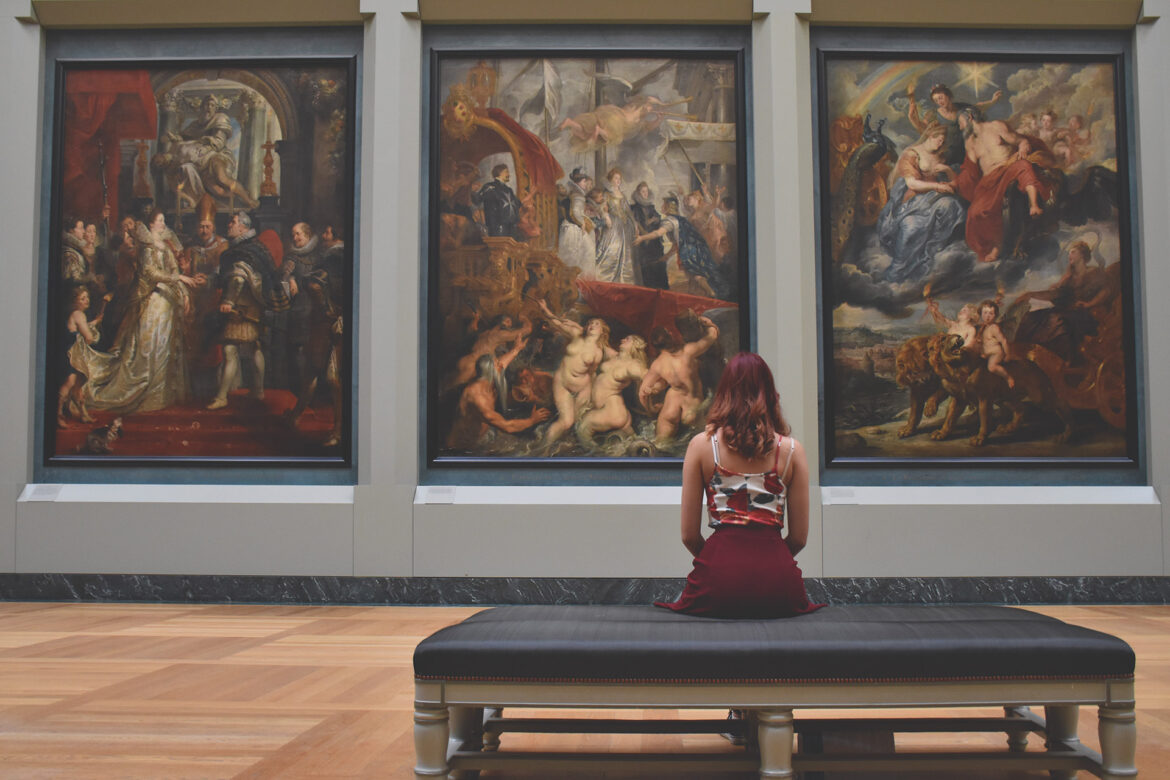In 2025, the world of art is undergoing a profound transformation—one being quietly staged in AI-centered artist residencies across Milan, Montreal, Paris, and Tokyo. These aren’t flashy tech showcases; they’re laboratories where creative intuition meets machine intelligence, reshaping not just output but our very understanding of authorship and artistry.
🤖 From Tool to Collaboration
At Mila in Montreal and the Villa Albertine in Paris, artists now enter workshops not just with paintbrushes, but with datasets. Bolivian-Australian multimedia artist Violeta Ayala’s jaguar installation—an interactive projection that weaves personalized narratives based on viewer facial expressions—has become emblematic. It’s not that the AI runs the show; rather, it acts as a collaborator, shimmering between raw code and artistic presence . The message is clear: at the heart of the creative process remains human agency.
🔍 Ownership in the Age of Code
These residencies are strategically framed to guide not only creation, but cultural policy. They’re mounted alongside legal frameworks that ask: who really owns the work—the artist, the algorithm, or both? The Villa Albertine, for instance, demands that participants articulate their artistic intent clearly. “The tool must be behind the human,” says director Mohamed Bouabdallah . That framing could prove decisive in upcoming copyright lawsuits over AI-generated art.
🎟️ Shaping Public Perception
Rather than tech demos, works born from these residencies are being shown in high-profile institutions like New York’s MoMA and Paris’s Centre Pompidou . By positioning AI art within serious cultural venues, these programs help shift public perception: away from the utopian/dystopian extremes and toward a live, human-centered creative dialogue.
⚖️ Ripple Effects Beyond the Studio
This positioning has consequences: as courts wrestle with the rights to AI-generated imagery, works from well-regarded residencies may influence judicial precedent. We’ve already seen echoes of past tech disruptions—the 1909 U.S. Copyright Act, for instance, responded to debates over music roll recordings. Today’s residencies could similarly inform future policy .
🌟 A Hopeful Hybrid Model
Criticisms remain. Who from the arts sector has access to these programs? How do they compensate prompt engineers, data curators, or the communities whose visual data gets used as input? But at their best, these residencies provide a model where AI is neither muse nor usurper, but a critical partner in a distinctly human–machine aesthetic.


3 comments
Et harum quidem rerum facilis est et expedita distinctio. Nam libero tempore, cum soluta nobis est eligendi optio cumque nihil impedit quo minus id quod maxime placeat facere.
Quis autem vel eum iure reprehenderit qui in ea voluptate velit esse quam nihil.
Neque porro quisquam est, qui dolorem ipsum quia dolor sit amet, consectetur, adipisci velit, sed quia non numquam eius modi tempora incidunt ut labore.